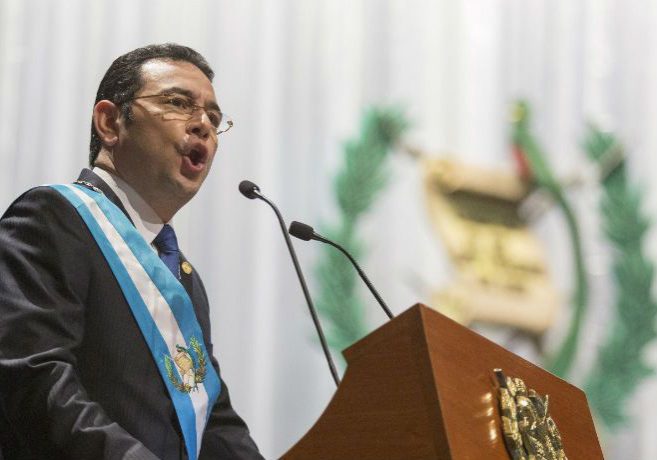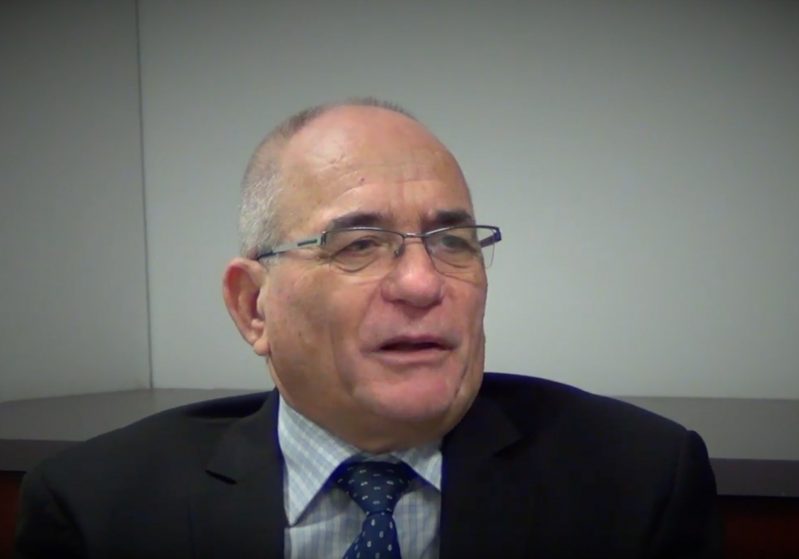Australia/Israel Review
Media Microscope: Dealing with it
Apr 30, 2015 | Allon Lee
Allon Lee
The P5+1’s preliminary deal with Iran over the latter’s nuclear program certainly kicked off a chain reaction of discussion and coverage in the media.
Australian Financial Review International Editor Tony Walker’s analysis on April 2 backed the deal because “anything that limits Iran’s ‘breakout’ ability to construct a bomb within a short time-frame… is surely worth the effort.” Even if it’s a bad deal ripe for cheating?
Walker claimed Israeli PM Binyamin Netanyahu’s recent speech to the US Congress “cast doubt on any deal” and called for “nothing short of a pre-emptive strike”. Netanyahu did not oppose “any deal”, just the proposed one, nor did he call for military action.
Walker also claimed the November 2013 deal with the P5+1 “led Iran to freeze its nuclear program.” It didn’t – it continues to expand in some respects.
A follow-up from Walker (April 7) ameliorated some of his earlier claims, and quoted Netanyahu’s CNN comments that “‘I’m not trying to kill any deal. I’m trying to kill a bad deal'”.
Foreign editor Greg Sheridan said the deal was based on the wishful thinking that it “will ‘empower the moderates’ and ‘sideline the extremists’ within Iran’s leadership.”
He said the agreement “guarantees Iran will acquire nuclear weapons eventually” because its infrastructure, which is calibrated to producing nuclear weapons, will remain intact.
Sheridan noted how concurrent with negotiations Iranian Revolutionary Guards commander Reza Naqdi said “‘erasing Israel from the map’ was ‘non-negotiable'” and at a big public gathering Supreme Leader Ali Khamenei declared “‘Yes, death to America'”, Australian (April 11).
Unsurprisingly, Australian National University academic Amin Saikal saw it differently, writing that the “leadership… has… conclu[ded] that the time has come to reintegrate Iran into the international system… based on a nonconfrontational attitude towards the US.” He implied Iran’s threat to Israel is bogus, writing that it is Netanyahu “who has branded Iran as an existential threat to Israel,” Canberra Times (April 9).
AIJAC’s Colin Rubenstein focused on Iran’s role as the world’s foremost supporter of terror and criticised the Obama Administration for being so “eager to reach a new détente” with Iran that it ignored how Iran hid “its program from inspectors” including the concealment of “enrichment facilities, at Natanz and Fordow”, and how only “last month, the International Atomic Energy Agency complained that Iran’s co-operation with its inspectors was slow,” Herald Sun (April 1).
AIJAC’s Glen Falkenstein warned that Iran will be allowed “to keep its industrial-size nuclear infrastructure, including illegally built facilities, and [the proposed deal] does not unequivocally facilitate inspection of Revolutionary Guard and military facilities where the IAEA suspect that weaponisation activities have taken place,” Canberra Times (April 12).
But London School of Economics academic Andrew Hammond gushed that “should the outline agreement hold together it could pave the way for a historic, final and comprehensive deal.” A deal that does not actually remove any nuclear infrastructure and has a ten-year sunset clause can hardly be called “final”, Age (April 6).
An Age editorial (April 5) “cautiously welcomed” the deal but noted that the sunset clause was “the bet against the future” because it relies on political change in Iran.
Tom Switzer pushed the line of Trita Parsi, a pro-Iranian lobbyist, that George W. Bush Administration hardliners in 2003 spurned a “grand bargain” purportedly offered by Iran. According to Switzer this included “international inspections of their nuclear program. Working with the US towards a non-sectarian government in Baghdad. Even making peace with the Jewish state and shunning Hamas. Unprecedented concessions. All before Iran had a functioning nuclear program.”
In fact, the program was well advanced by 2003 and the White House disregarded the overture because it was actually a Swiss diplomat’s proposal, based on what he thought the Iranians might accept, and was inconsistent with what was being said in official channels, ABC Radio National “Between the Lines” (April 9).
Distinguished former American Secretaries of State Henry Kissinger and George Shultz noted that “for 20 years, three presidents of both major US parties proclaimed that an Iranian nuclear weapon was contrary to US and global interests – and that they were prepared to use force to prevent it. Yet negotiations… are ending with an agreement that concedes this very capability.”
The pair cautioned against seeing Iran as a strategic partner, noting that “cooperation is not an exercise in good feeling; it presupposes congruent definitions of stability. There exists no current evidence that Iran and the US are remotely near such an understanding,” Australian (April 10).
Tags: Australasia






